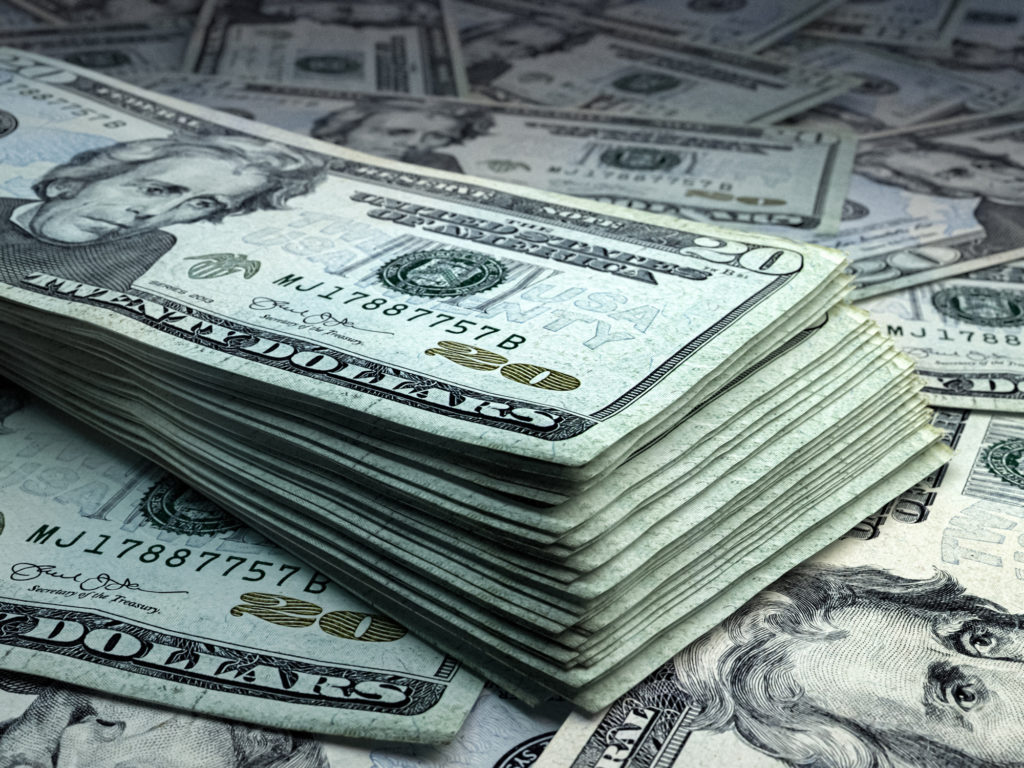
Higher interest rates mean more layoffs for “interest-sensitive” sectors like manufacturing, and they mean a stronger dollar too.
The Federal Reserve has hiked interest rates again – again and again, just like Wu-Tang – in its ongoing effort to stamp out inflation, which is the highest its been in 40 years. Gas is expensive. So are groceries! If you shop, you already get the idea. If you don’t, there’s a swarm of midterm election ads on TV to remind you of it.
Anyway: The Fed’s idea is that higher rates will make money more expensive to borrow, so it’ll reduce economic activity, which will bring down prices. This is also likely to cause a whole lot of American workers to get laid off, thereby loosening up a labor market in which workers have been able to command high wages. And it’s also gonna cause the dollar to strengthen even more, which will make U.S. goods exports more expensive, which means it’s gonna be a drag on domestic manufacturers. Manufacturing is an “interest-sensitive” sector, meaning its workers feel a change in the interest rate more than most others.
The Fed has dual mandate to keep consumer prices in check and make sure lots of people are employed, and the former is currently winning out over the latter. And it’s unlikely to stop soon. The Fed is gonna keep raising rates until it sees prices come down – although the economic reporters who parse Fed Chairman Jerome Powell’s statements like the village wizard in “Willow” consults the bones say they think he means future rate hikes won’t be as substantial as today’s.
But is this a good idea? Some progressive economists have pointed out that wage growth is already slowing down, as is the housing market – both of which are likely to normalize inflation. Josh Bivens at the Economic Policy Institute argued last week, before today’s announcement, that a rate hike is unnecessary as “large reductions in goods prices will also likely come soon as we move on from COVID-19 driven distortions to demand and supply chains continue to heal.”
The Fed decided to raise rates anyway.
Regardless of the bank’s future moves, manufacturing is already responding. As we observed on the blog a few days ago, purchasing managers indices are either dipping into the negative or coming close to doing so, which suggests that the sector is contracting.
That’s not ideal, if you think like we do that the United States’ long-term economic and national security benefits from a strong manufacturing sector, or that rising wages for manufacturing workers is ultimately a good thing. The sector goes through swings, of course, but forcing U.S. manufacturing to shrink in response to rate hikes won’t help to attract domestic investment in important manufacturing industries.
Good thing Congress passed significant industrial policy bills this year to buoy exactly that kind of investment.
We’ll have another look at a big economic indicator on Friday, when the monthly jobs report comes out. U.S. manufacturers added 22,000 jobs in September. It will be a little surprising if the number is that high again this month.
